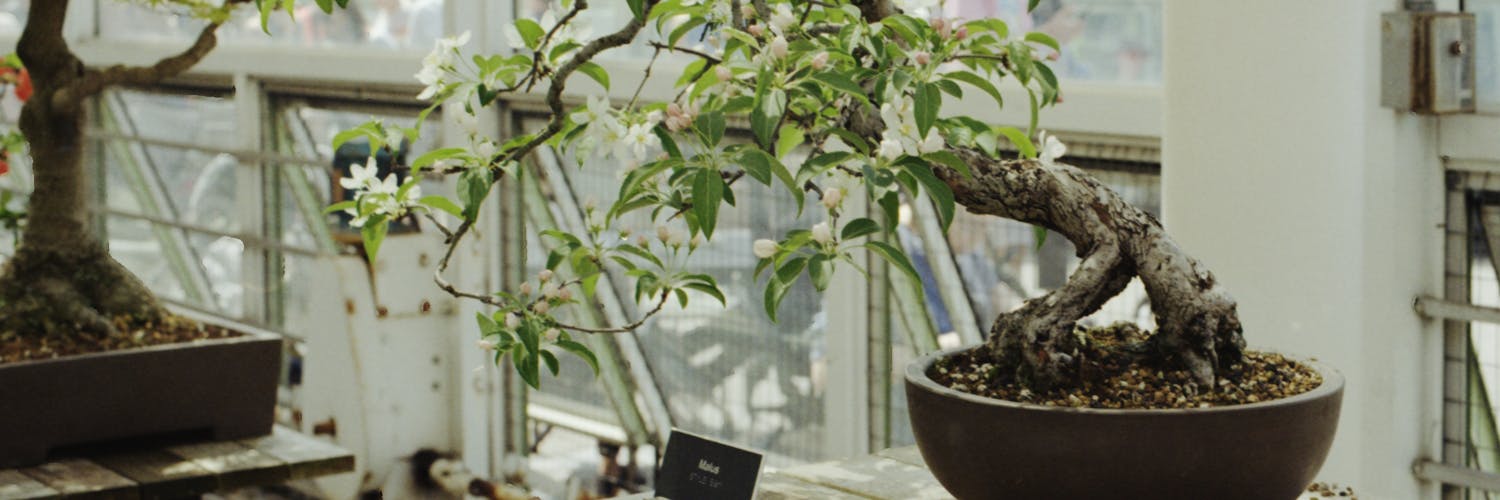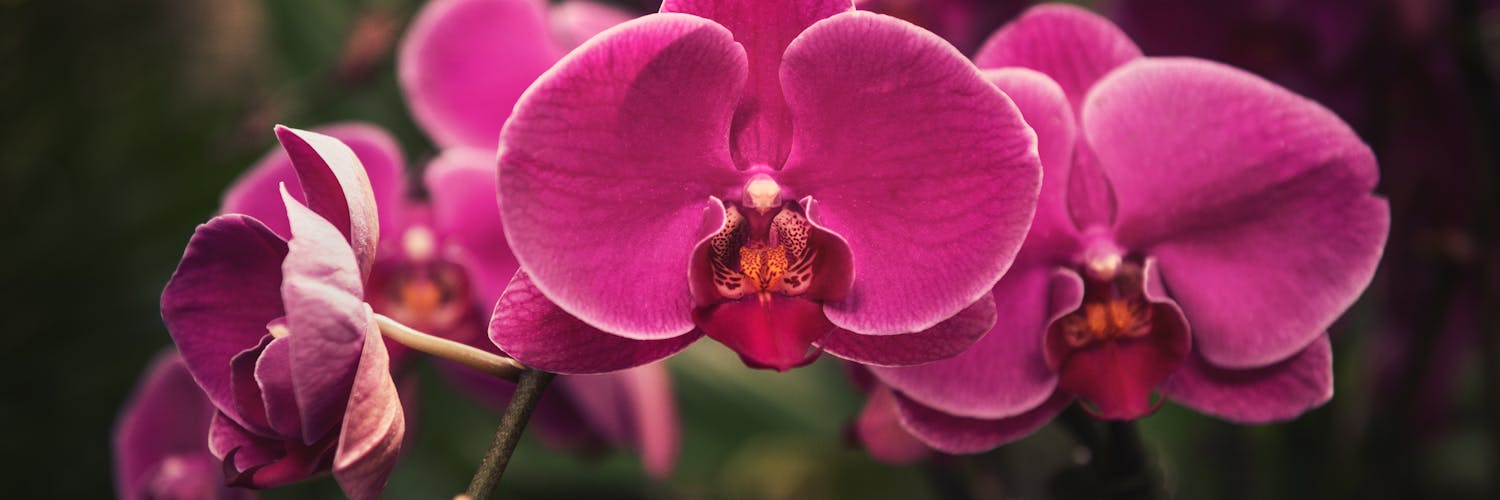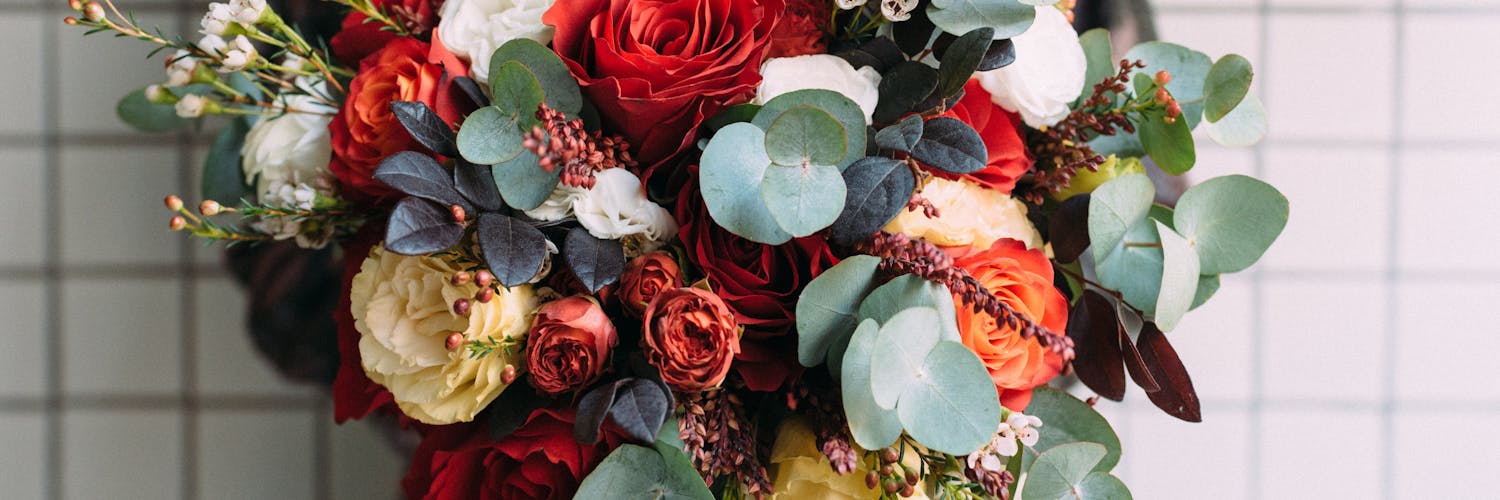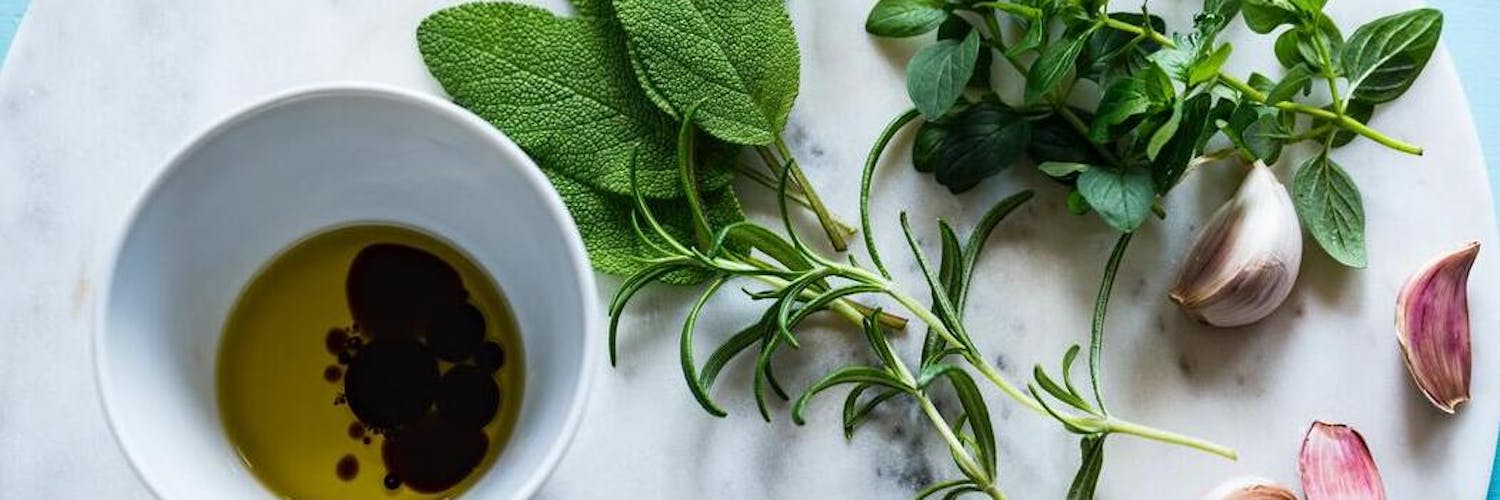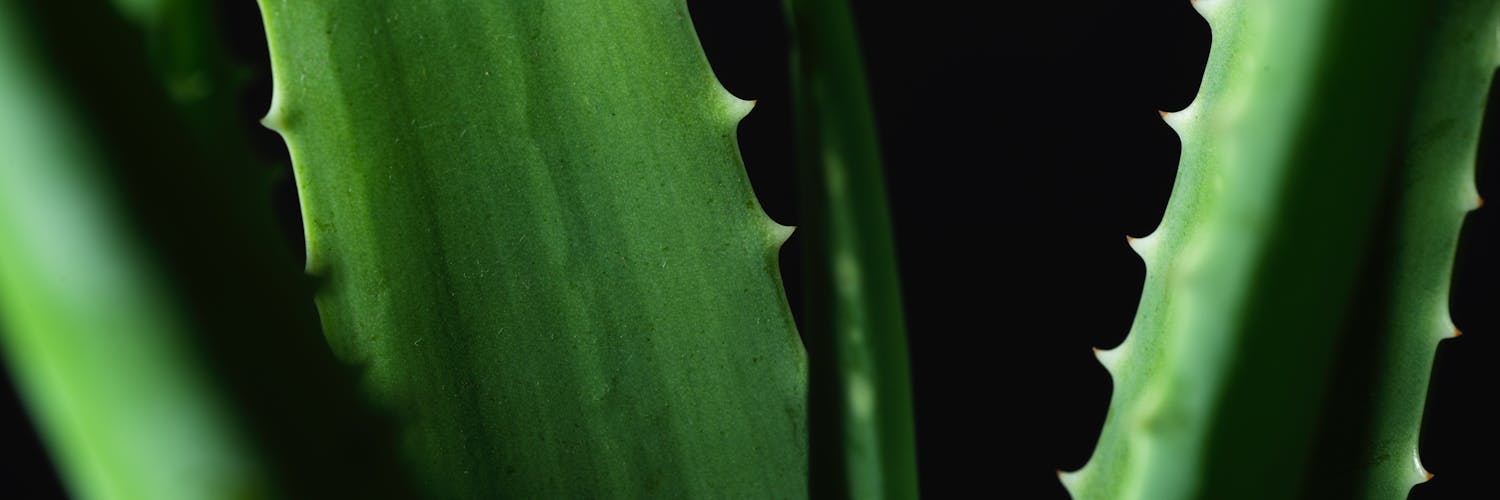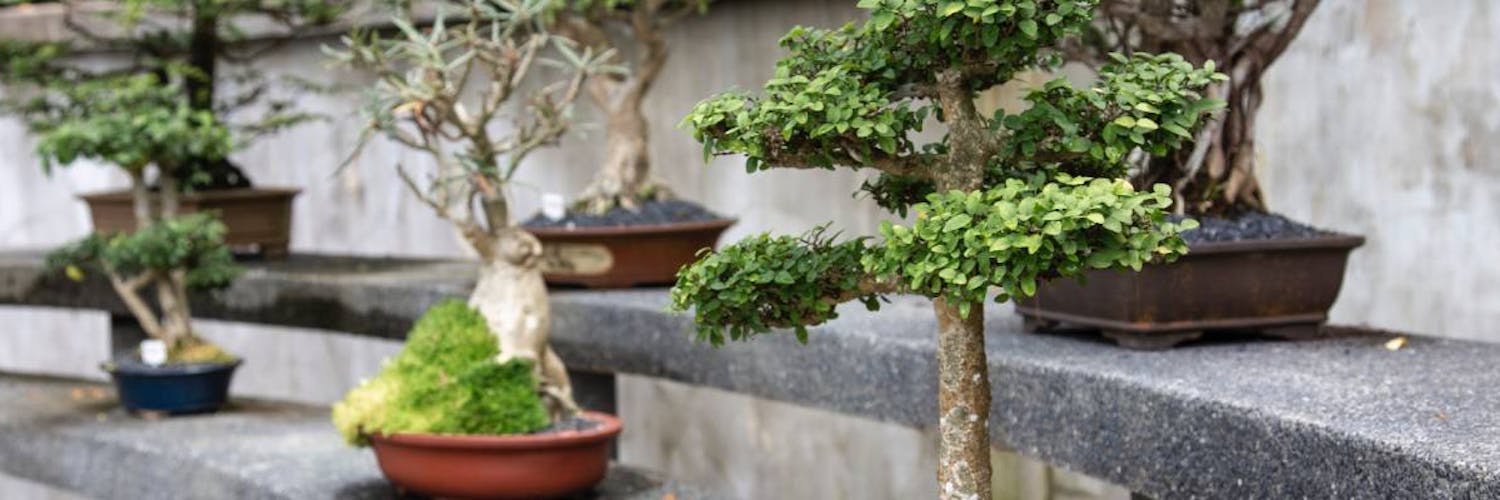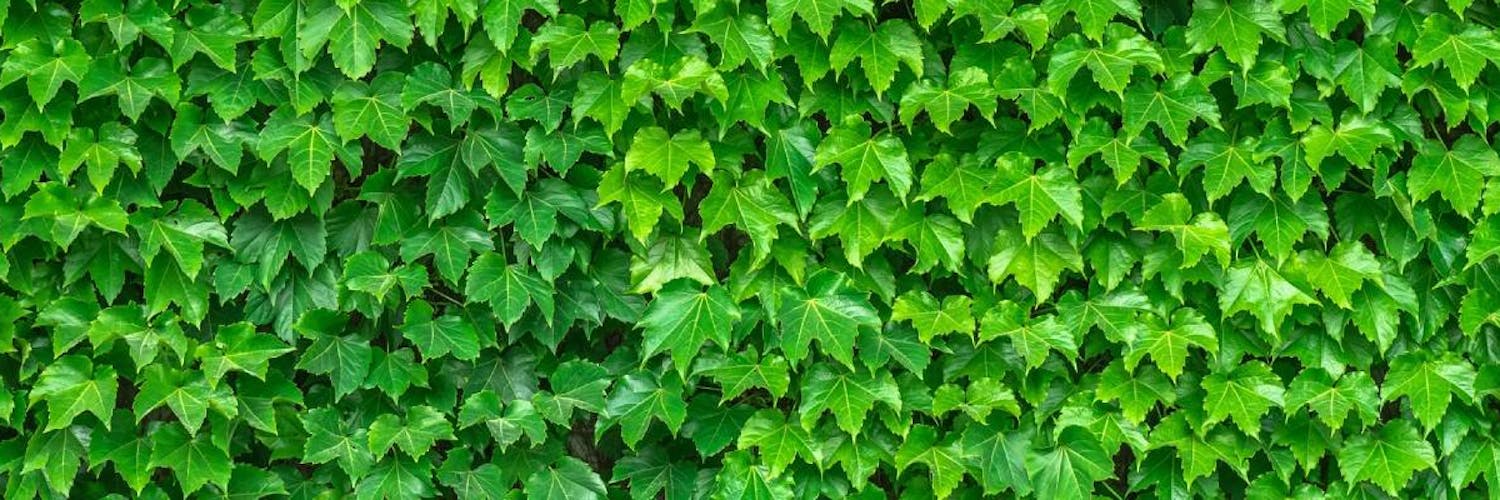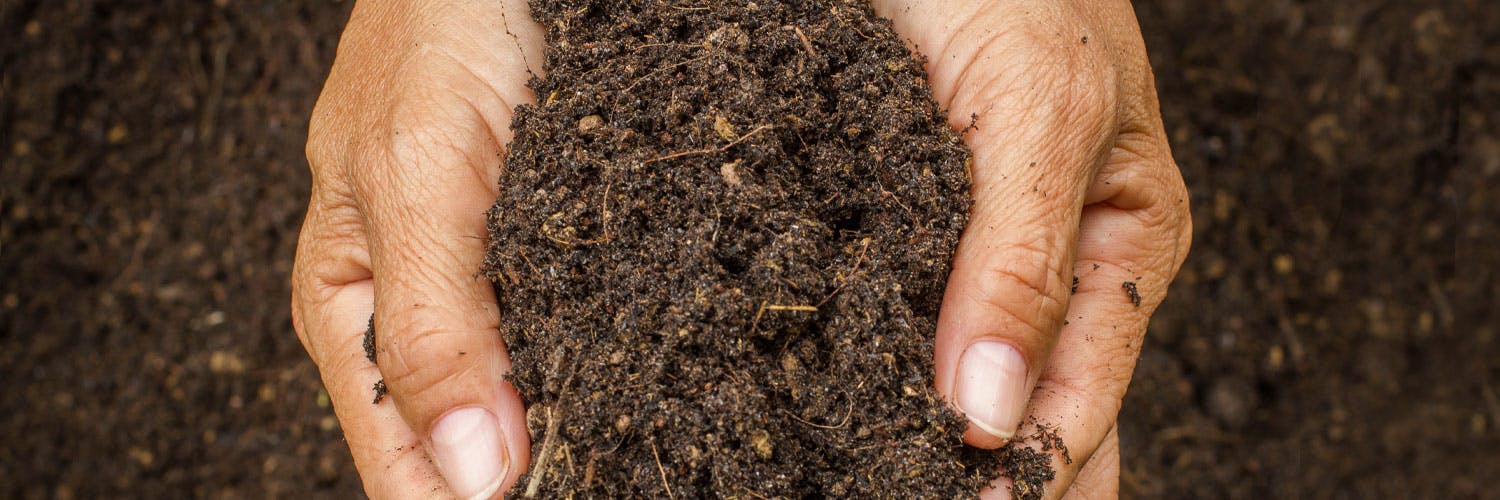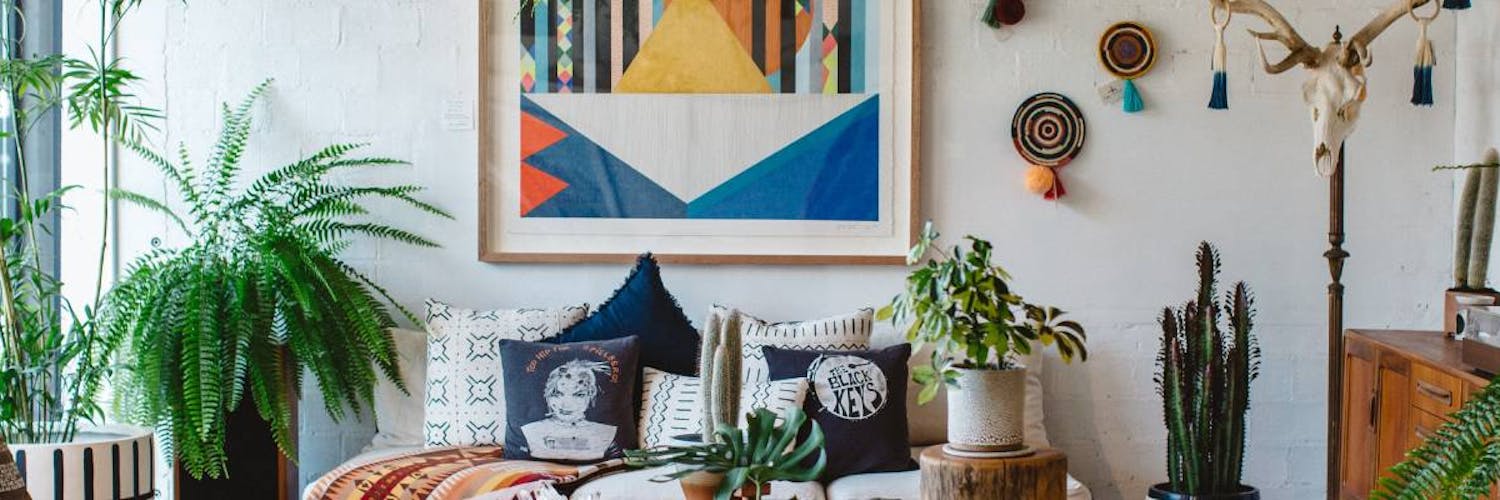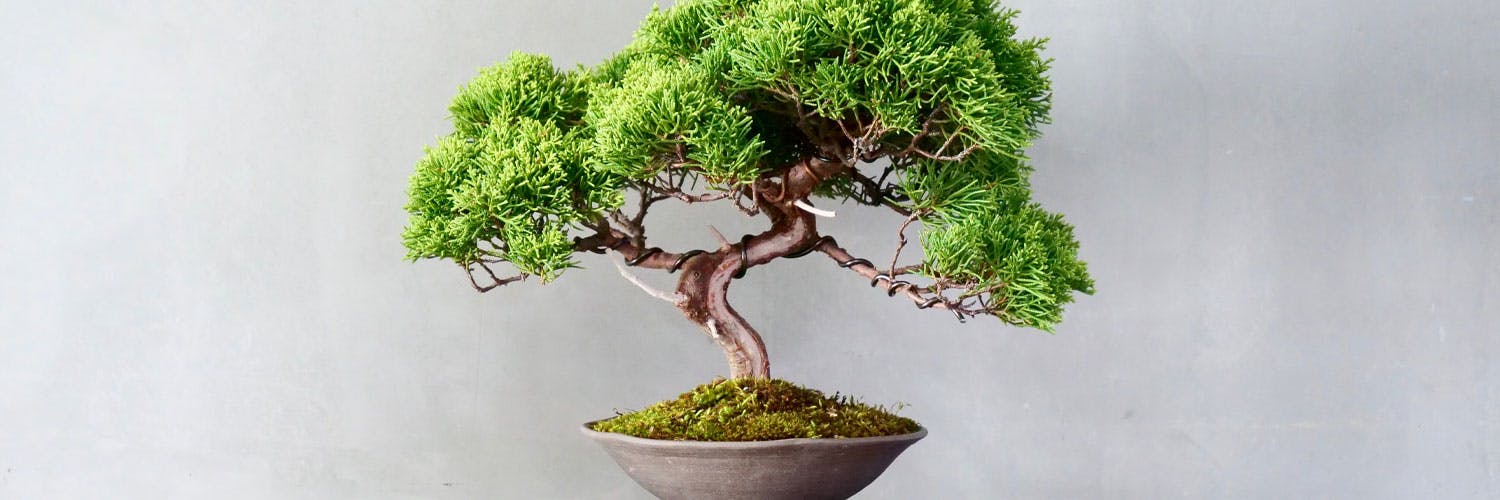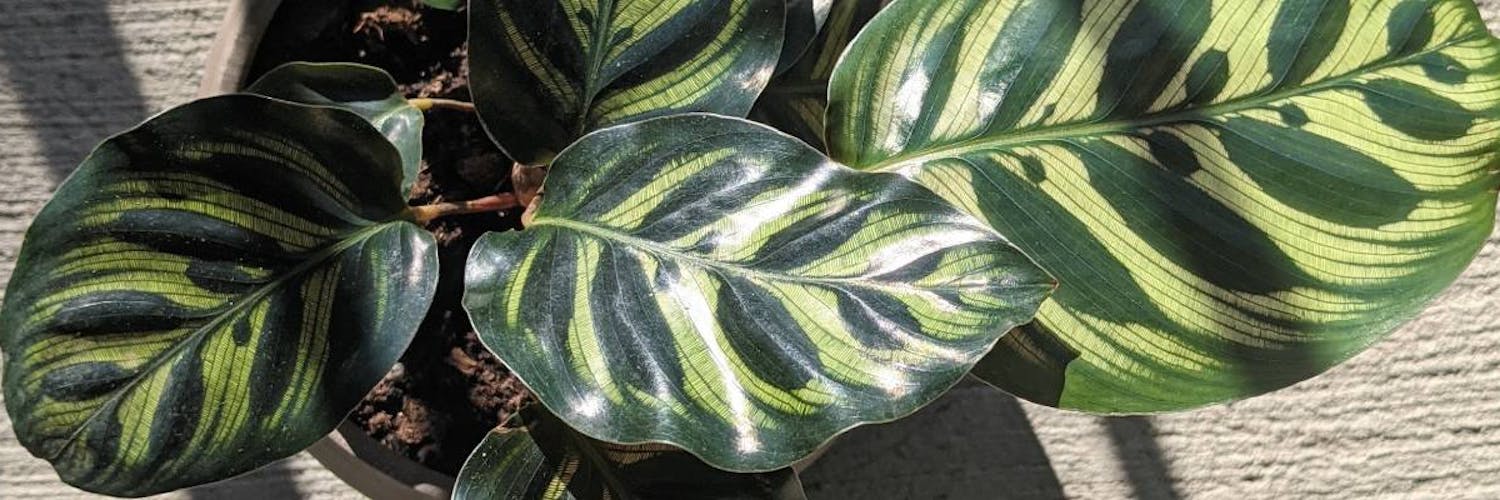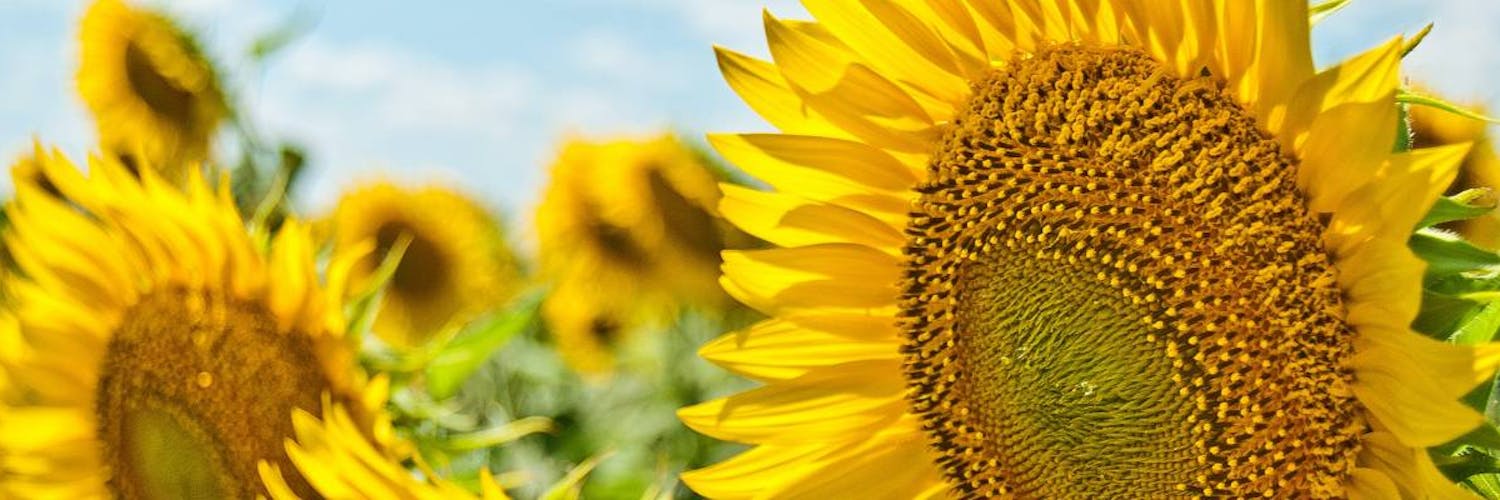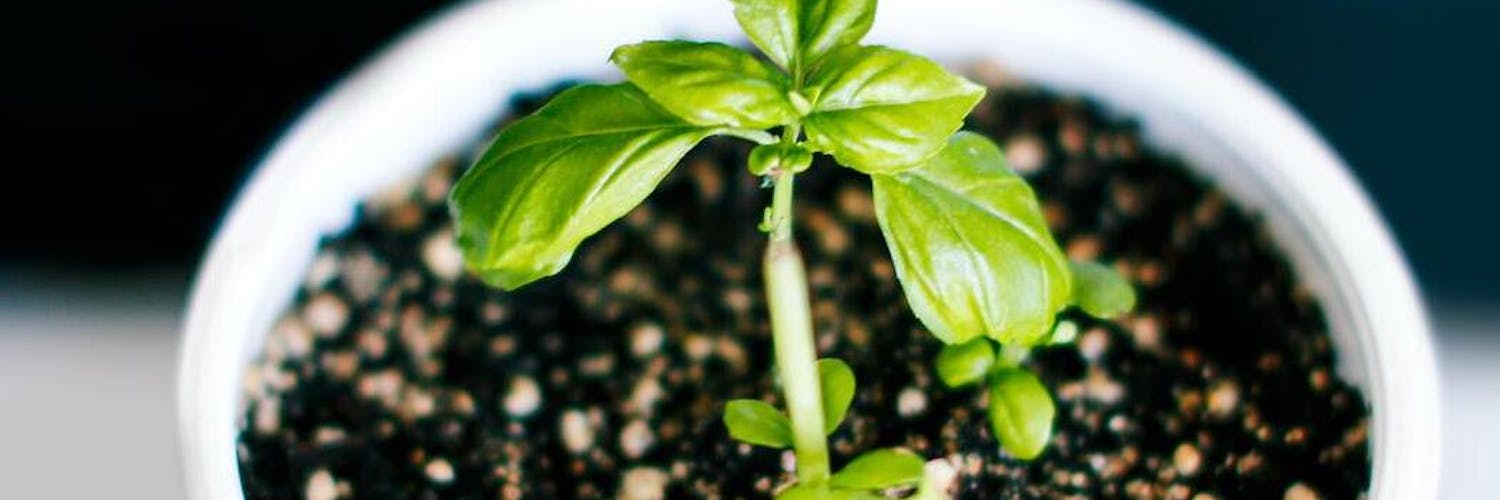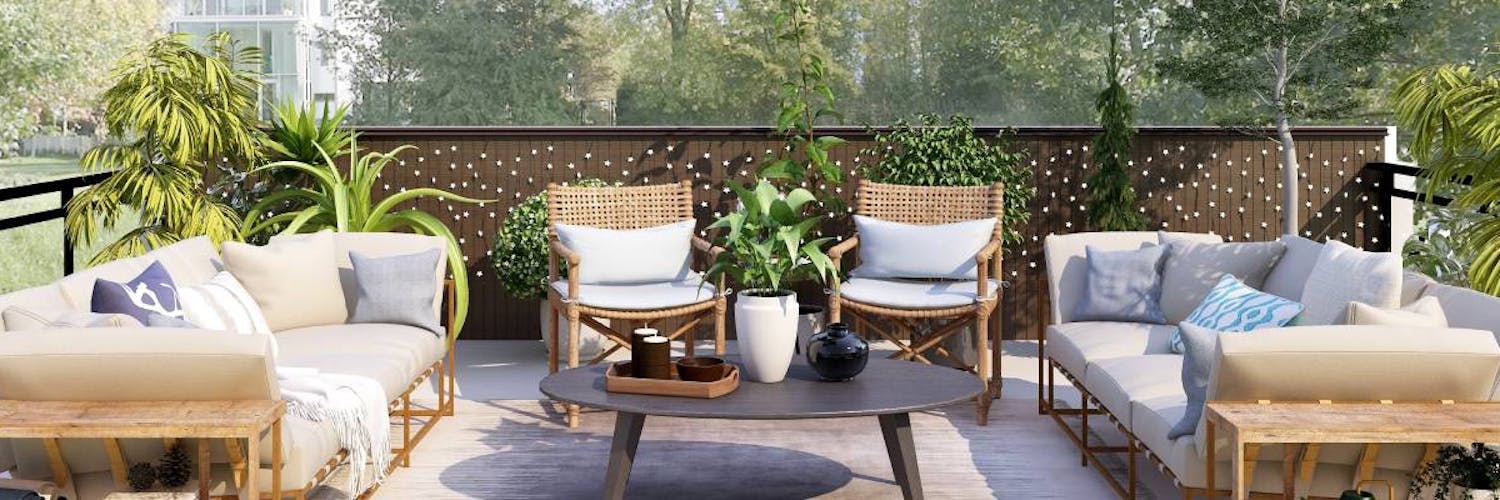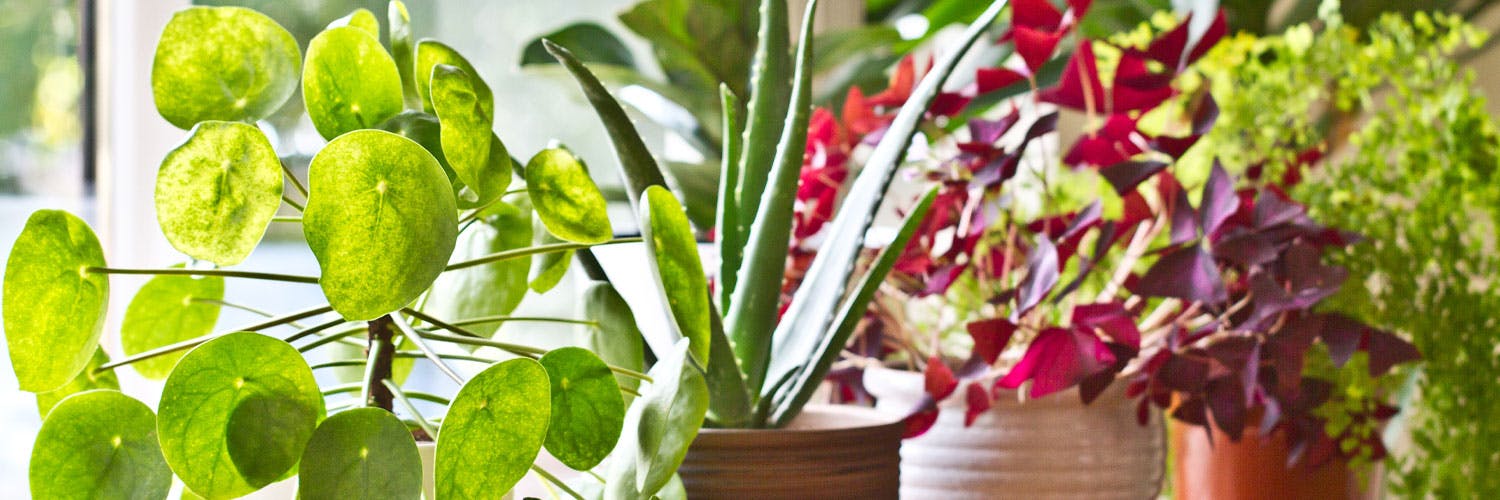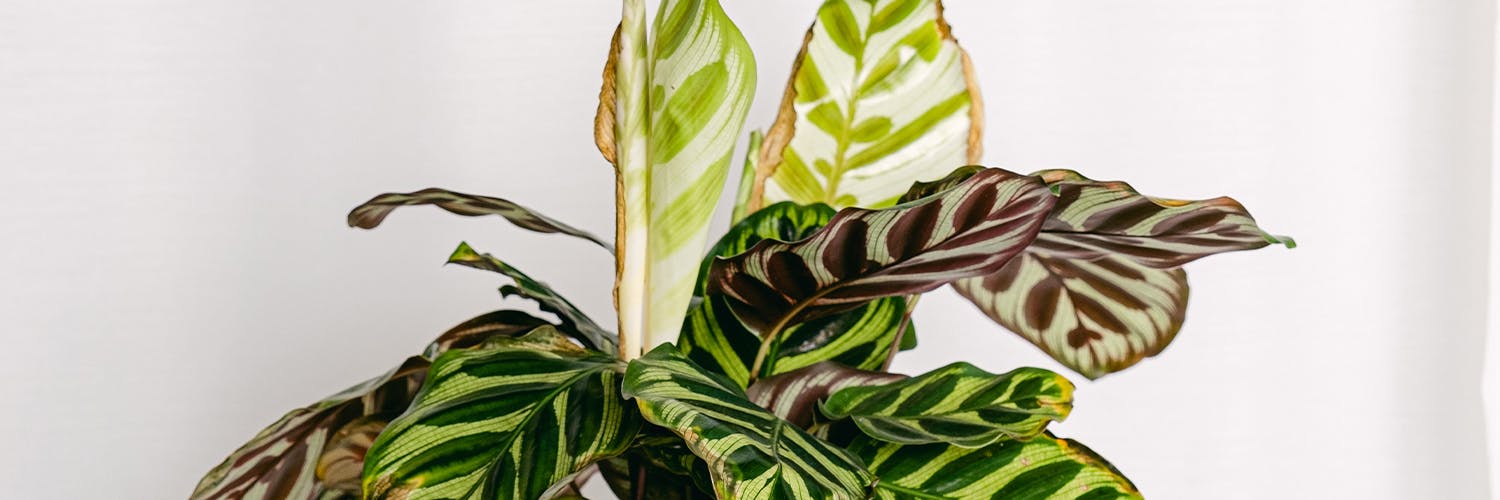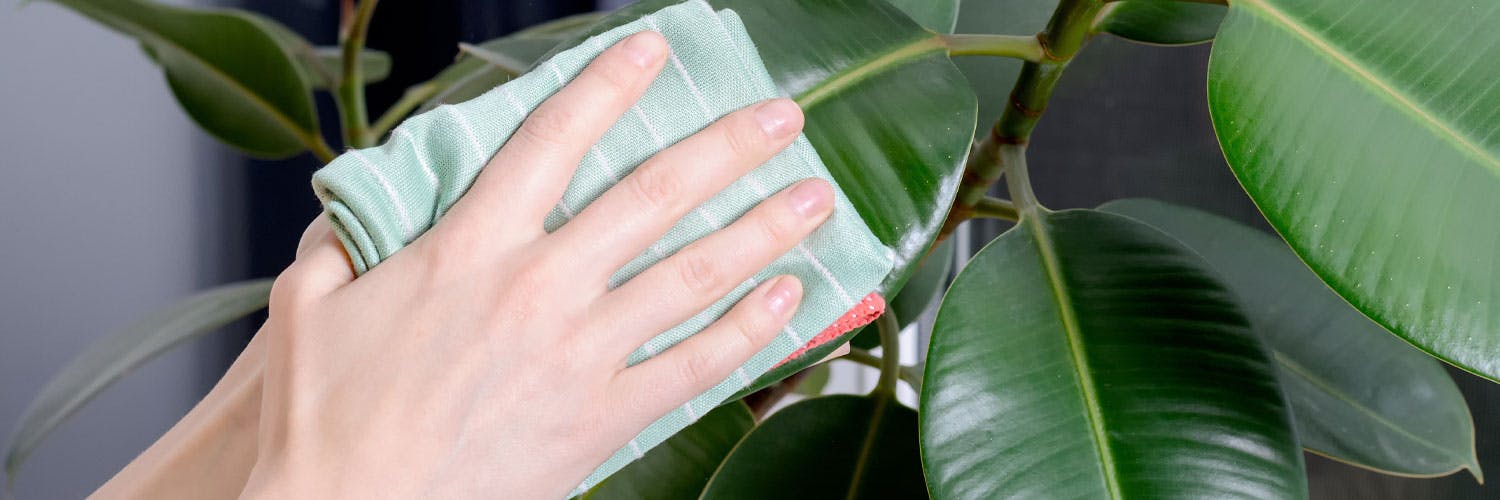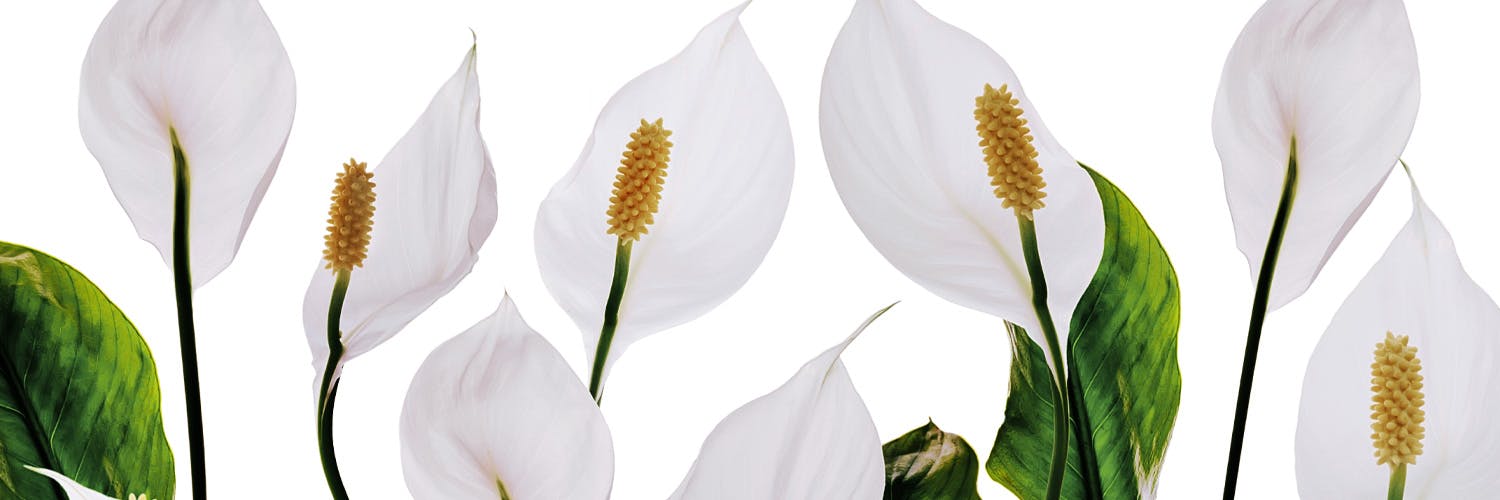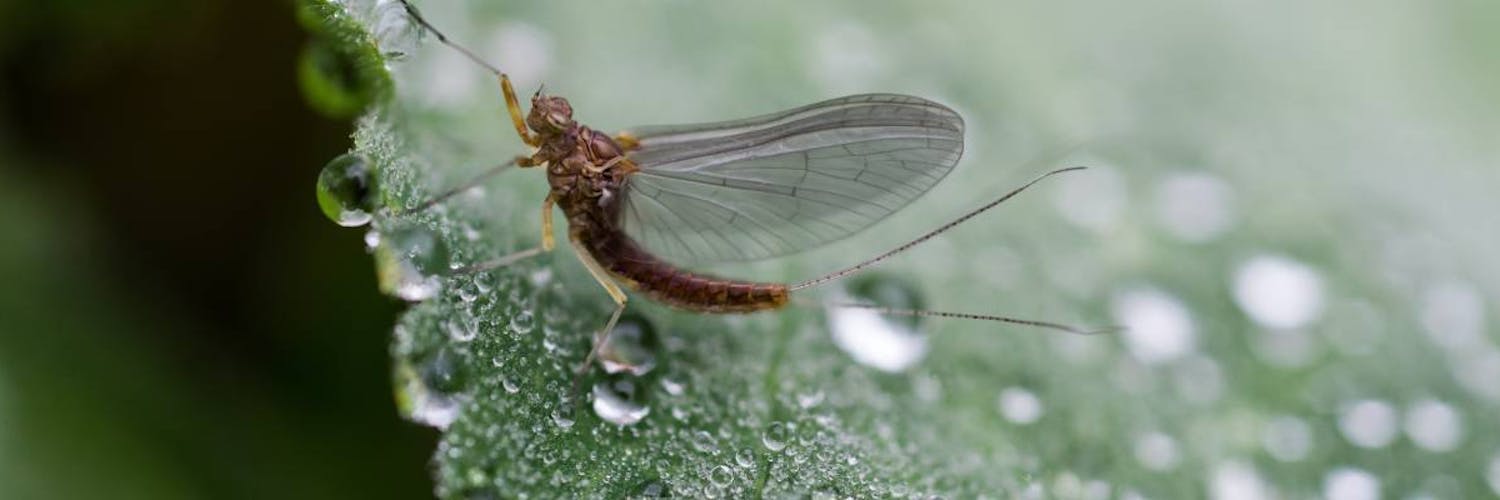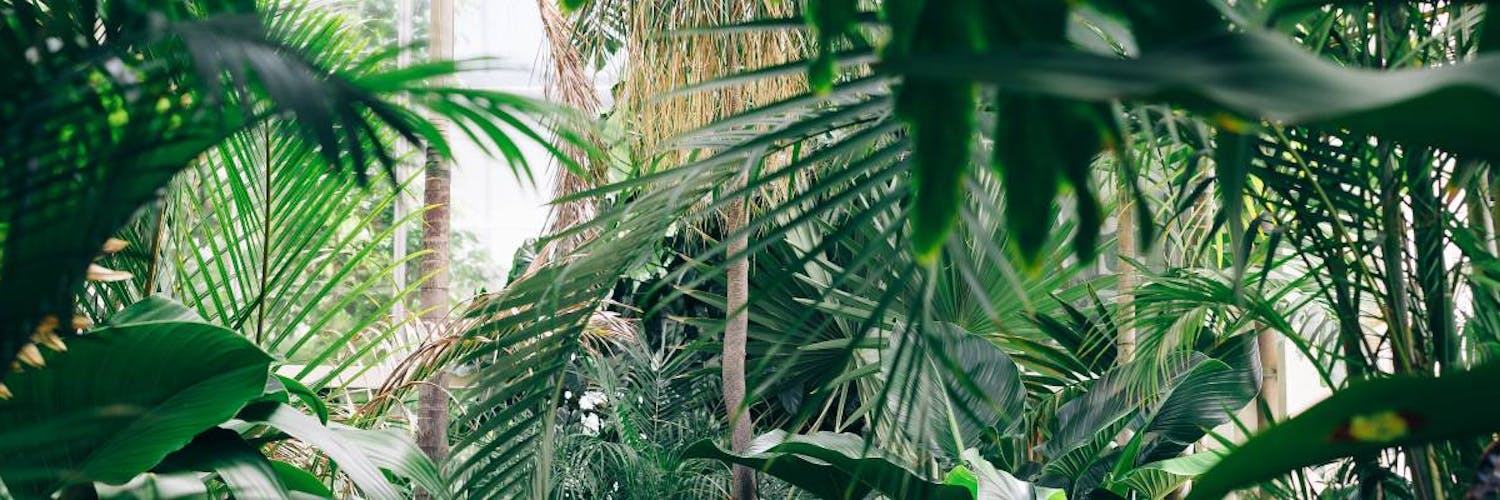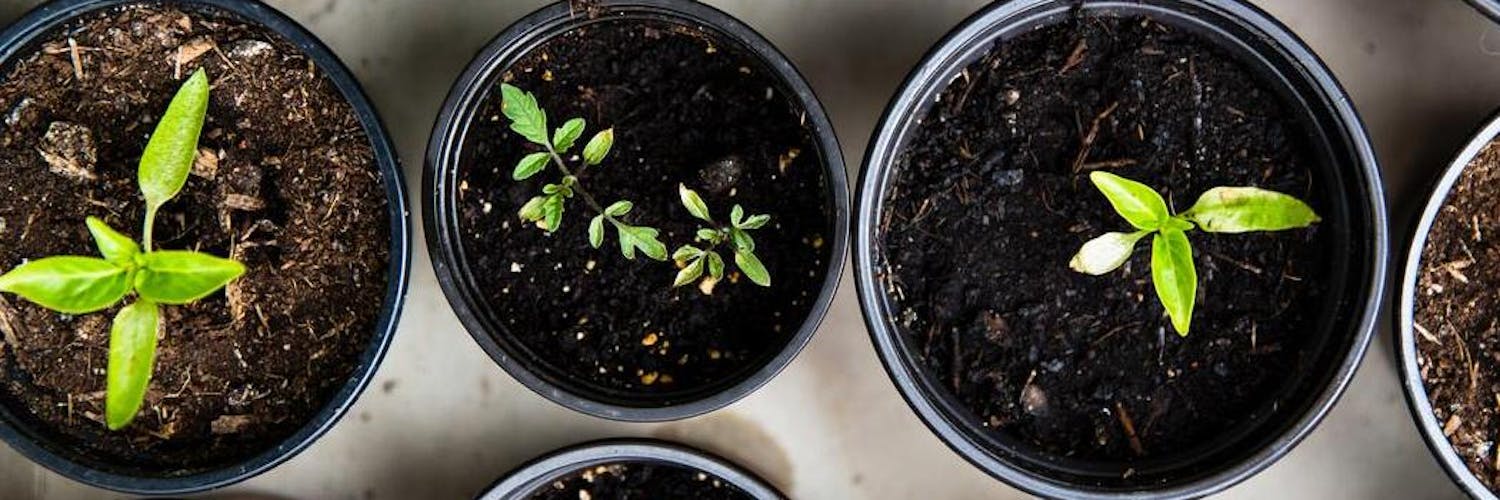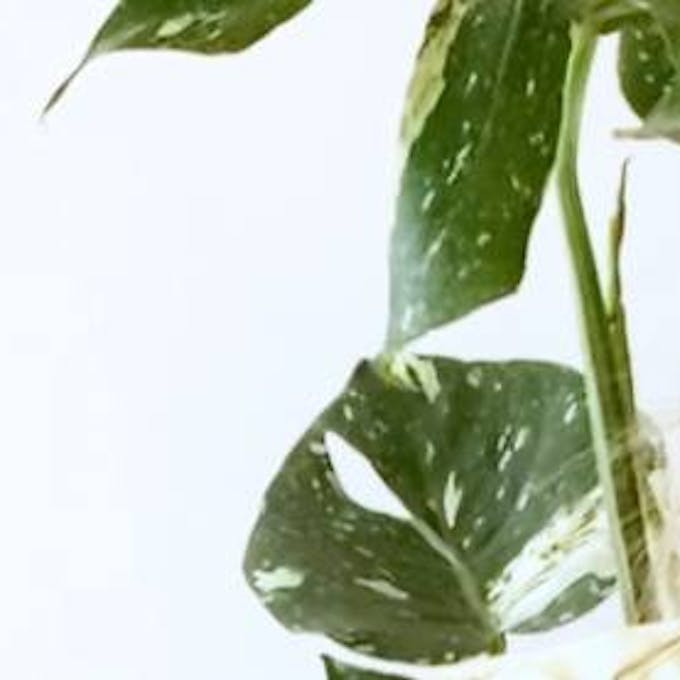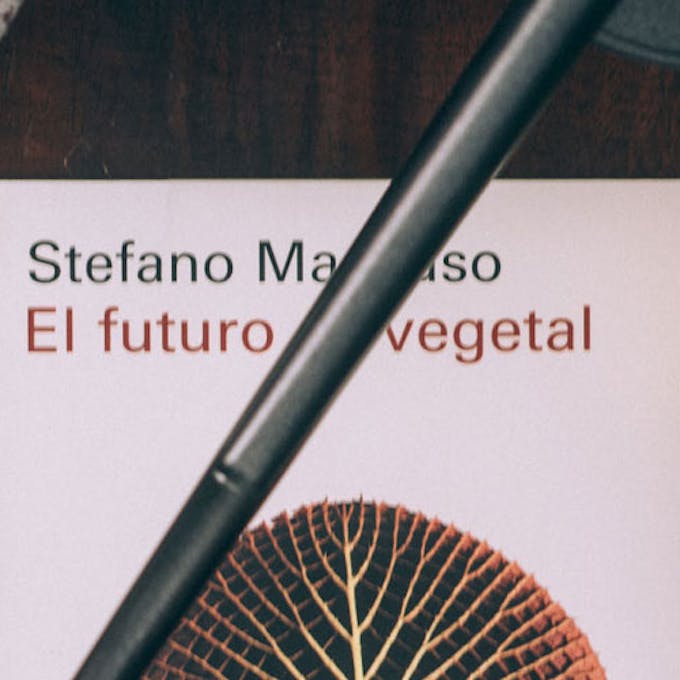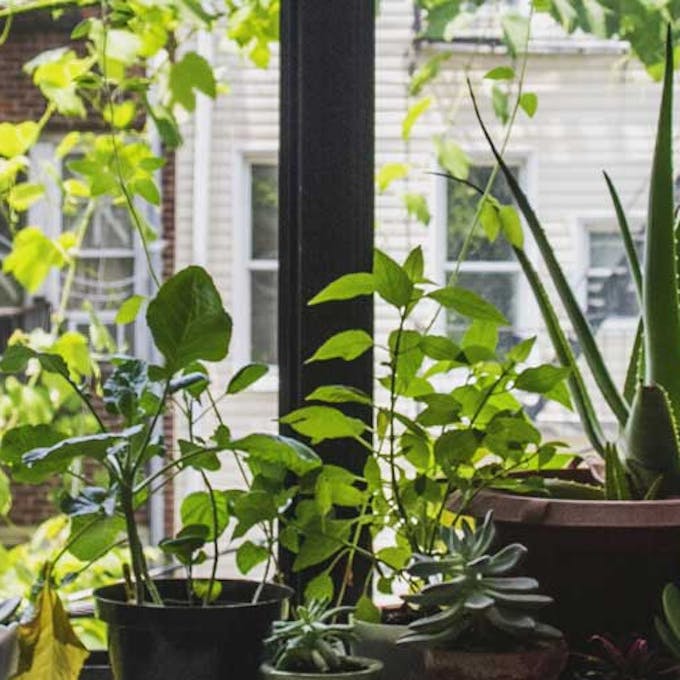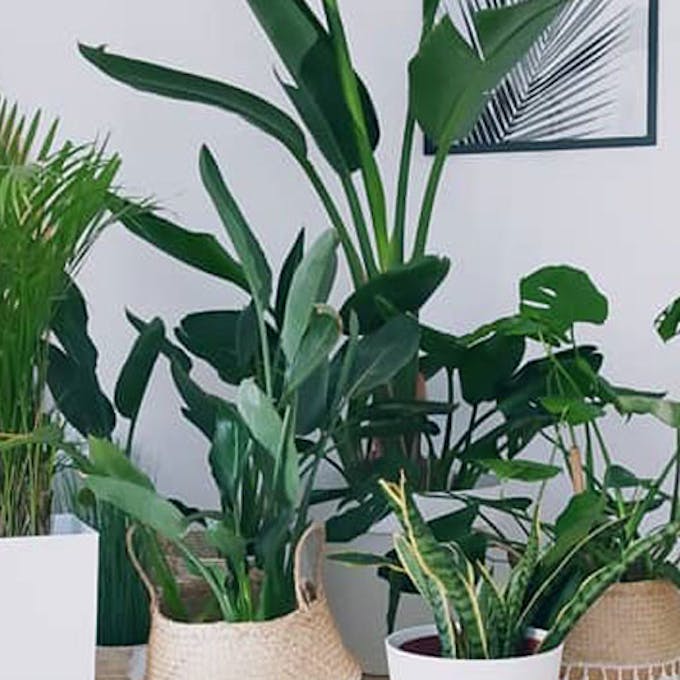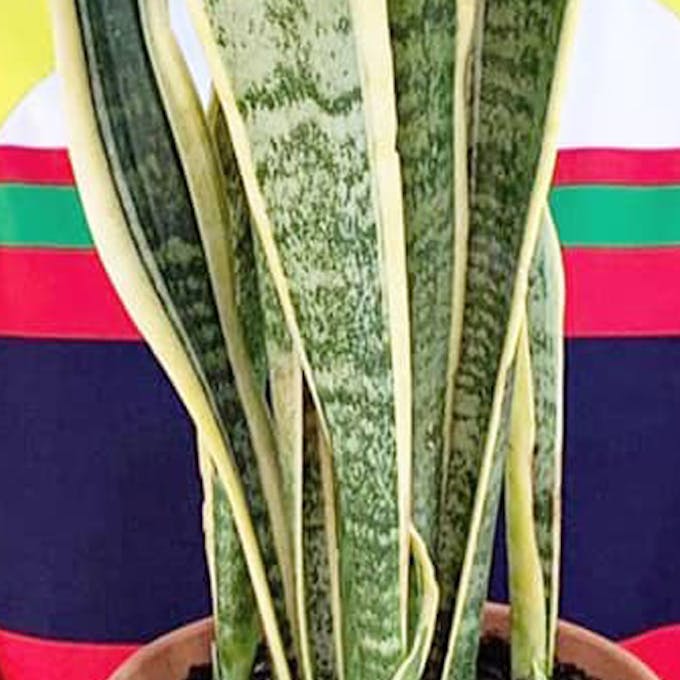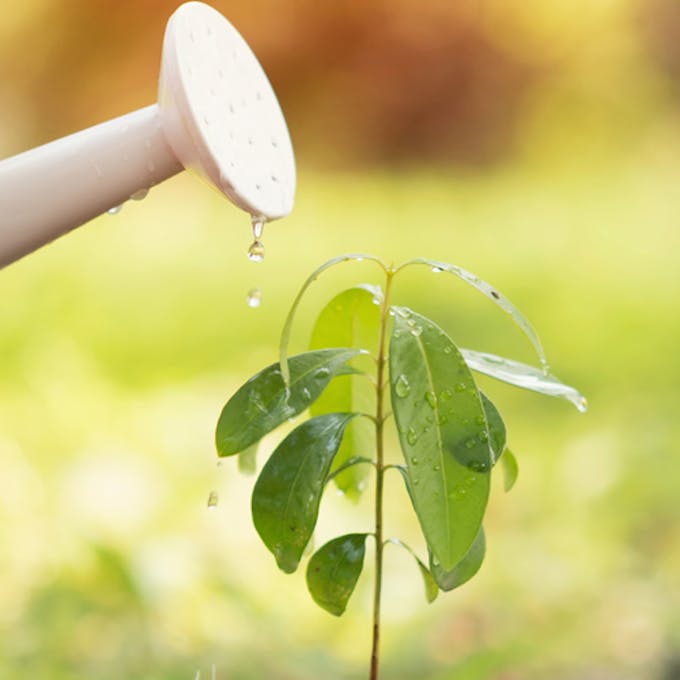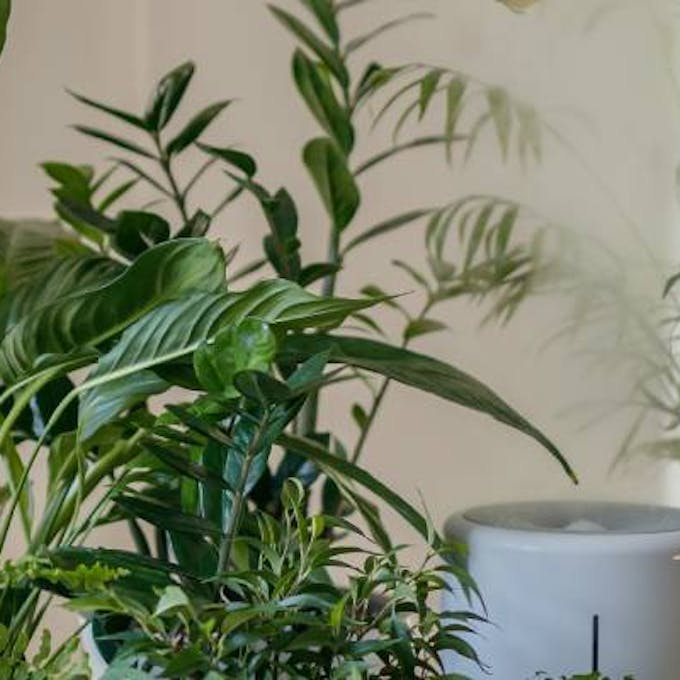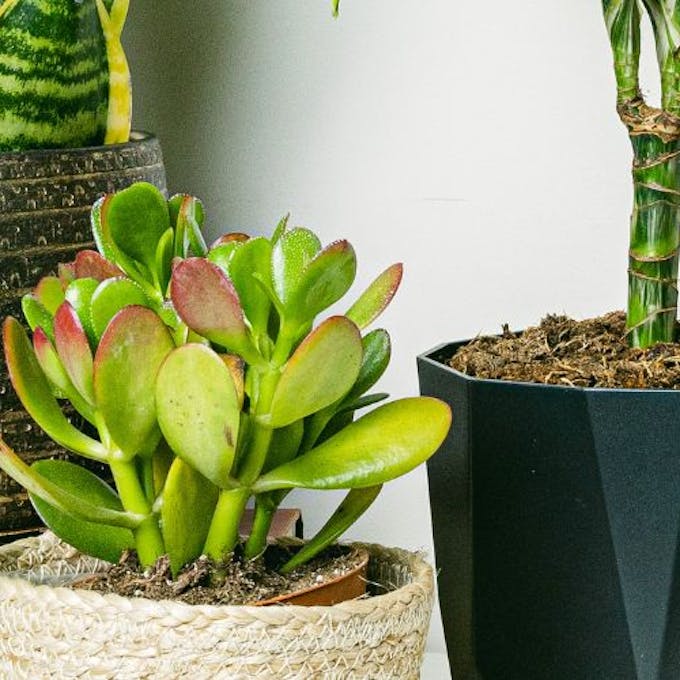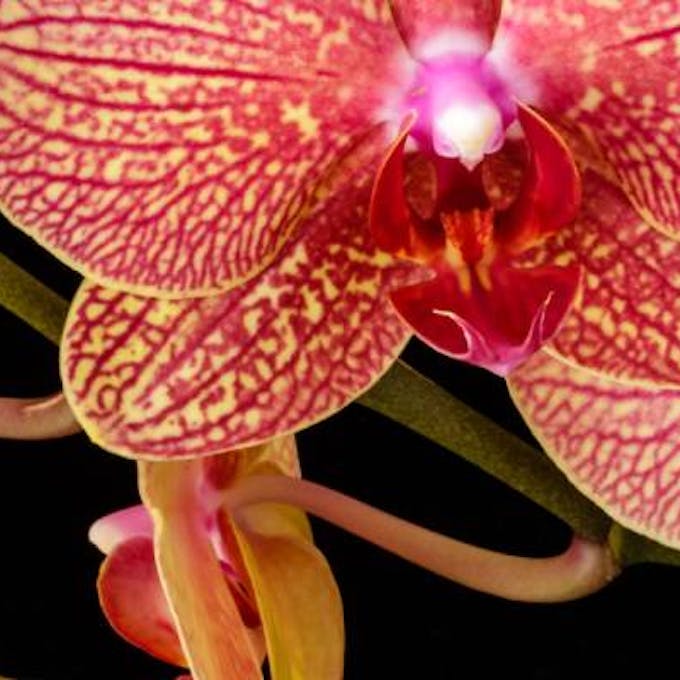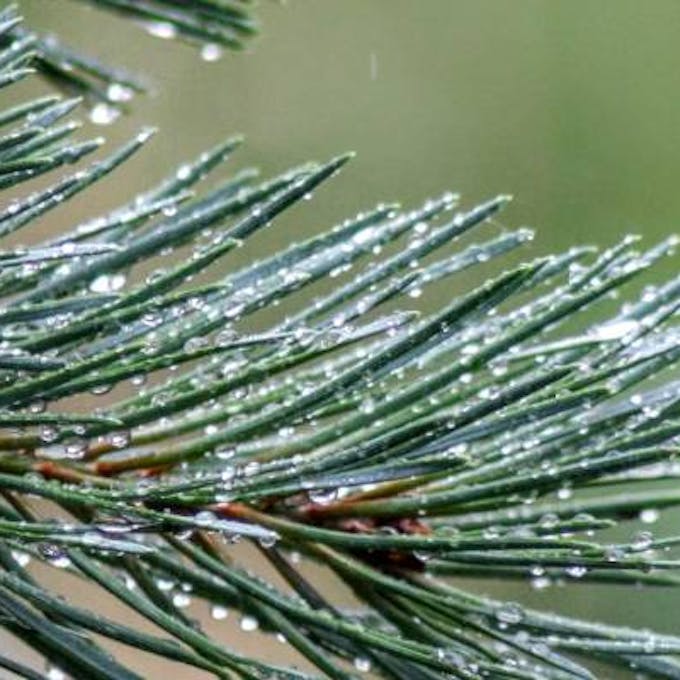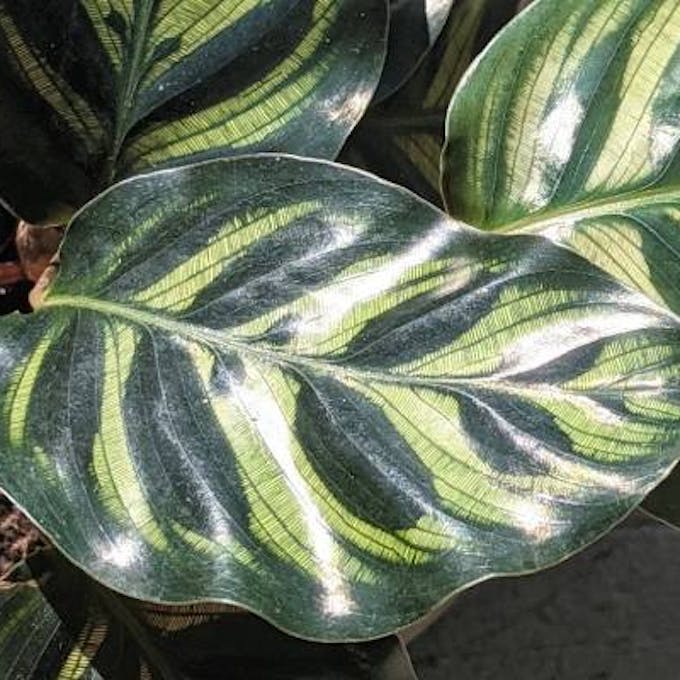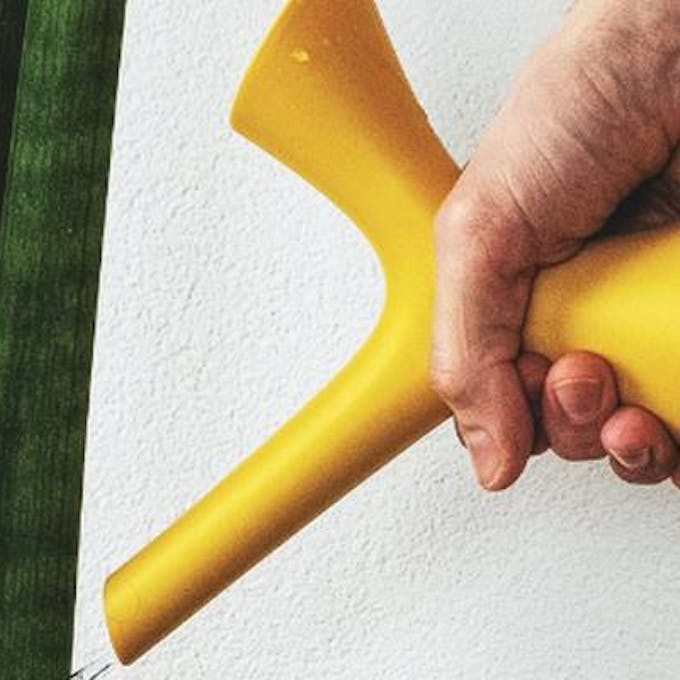Subscribe and get a 10% discount!
Growing plants is easy with Be.Green
Related articles
Improve your soil structure with organic fertilizers and keep your plants healthy
Be amazed by all the benefits that the Potos plant has to offer
How to care for your Ficus lyrata: expert tips from Alison Marie
The perfect combination: plants and small children
Add harmony to your home with the water stick
Add an elegant touch to your décor with the prominence of the peace lily
Give mom a natural and personalized gift: houseplants that adapt to her personality
Simple and inexpensive ideas to decorate your home with Christmas cacti
Improve your well-being with an exotic touch at home thanks to the snake plant
Celebrate special occasions with the perfect detail: bonsai
Easily care for your hard-wearing Polyscias Scutellaria Fabian
Tips for buying purifying plants and breathing better at home
Find out the best locations and care for your Philodendron
Houseplants have become millennials' best friends, find out why
Make your home a safe place for your pets with these plants that won't hurt them
Discover the beautifully leafy plants that will captivate every corner of your home